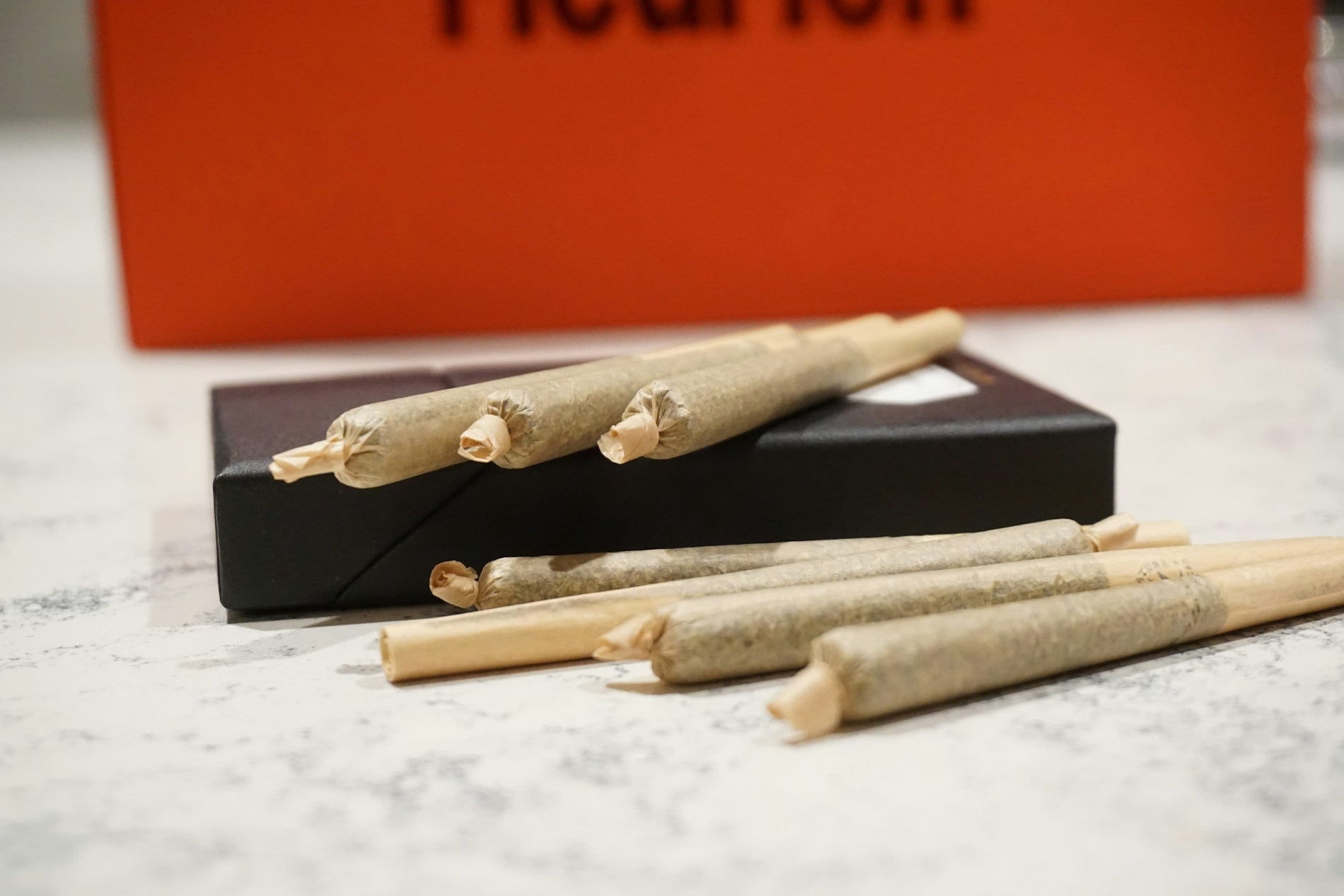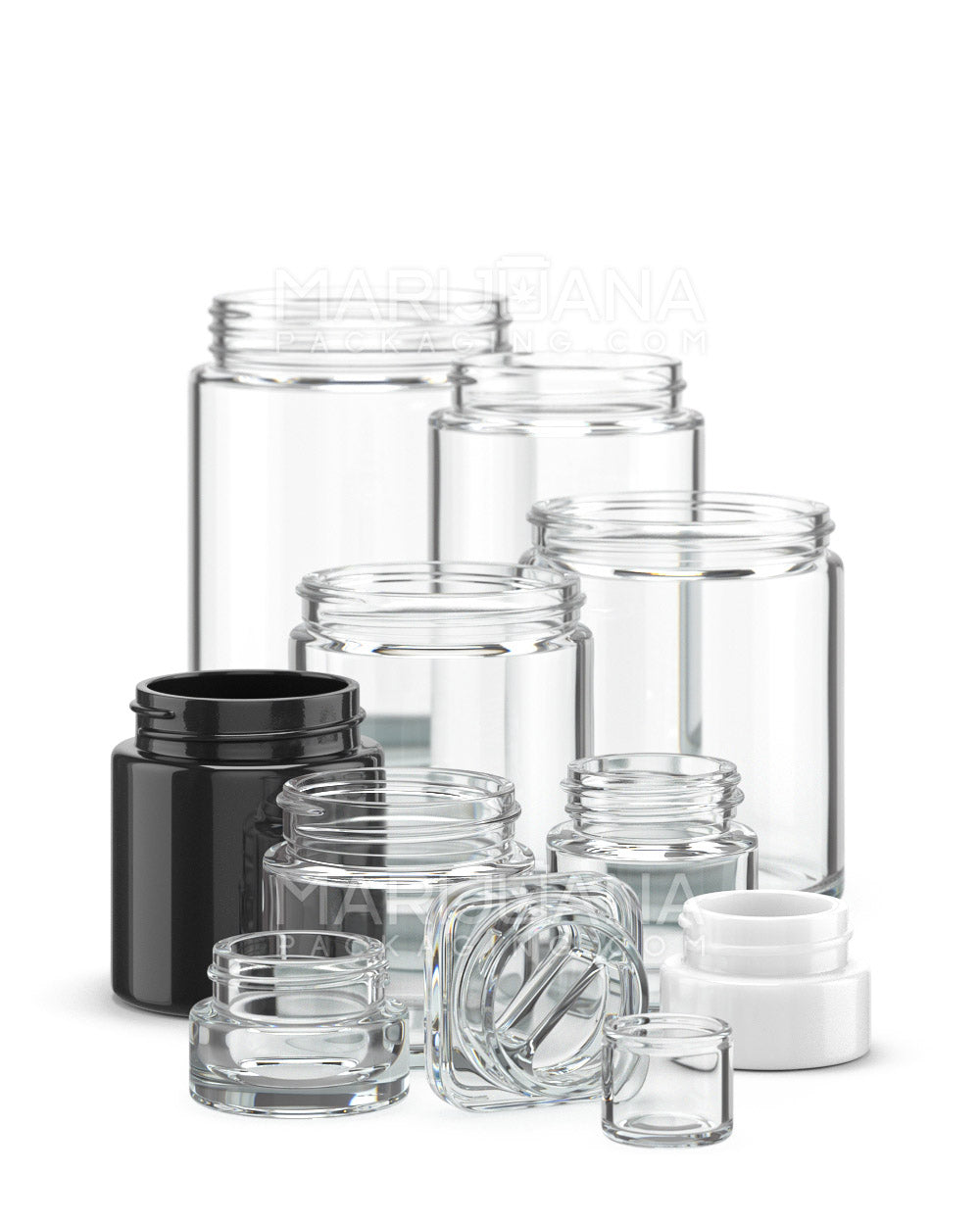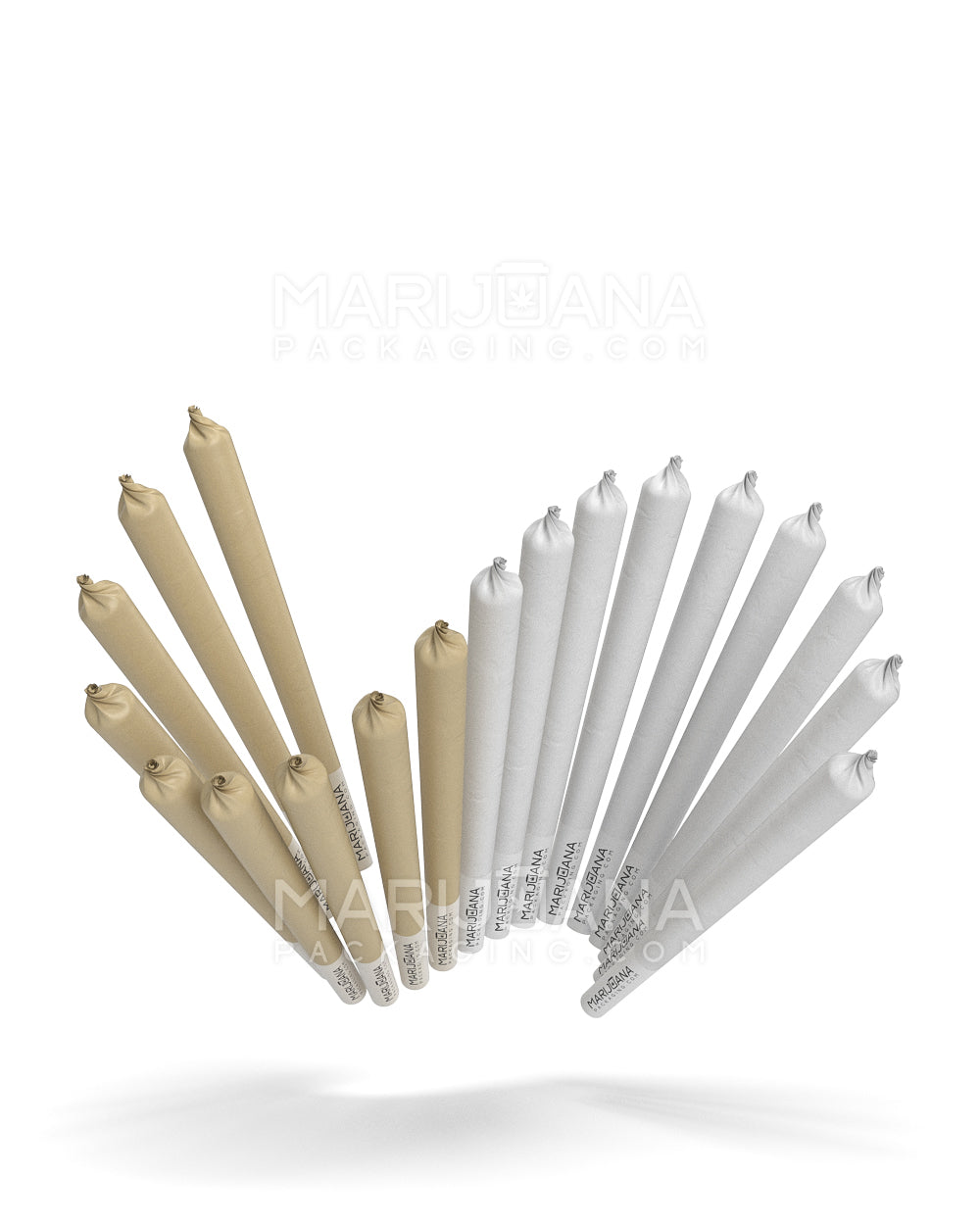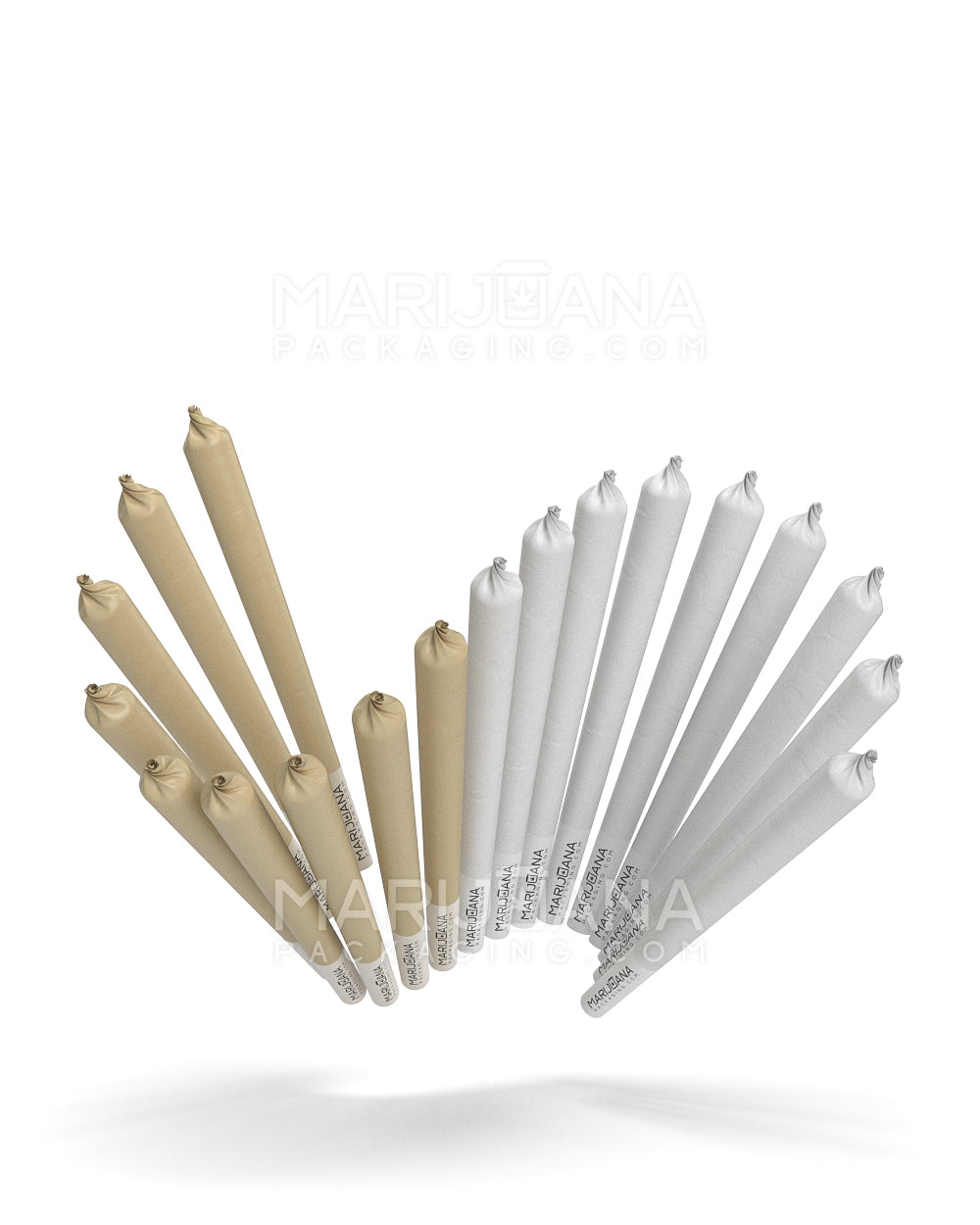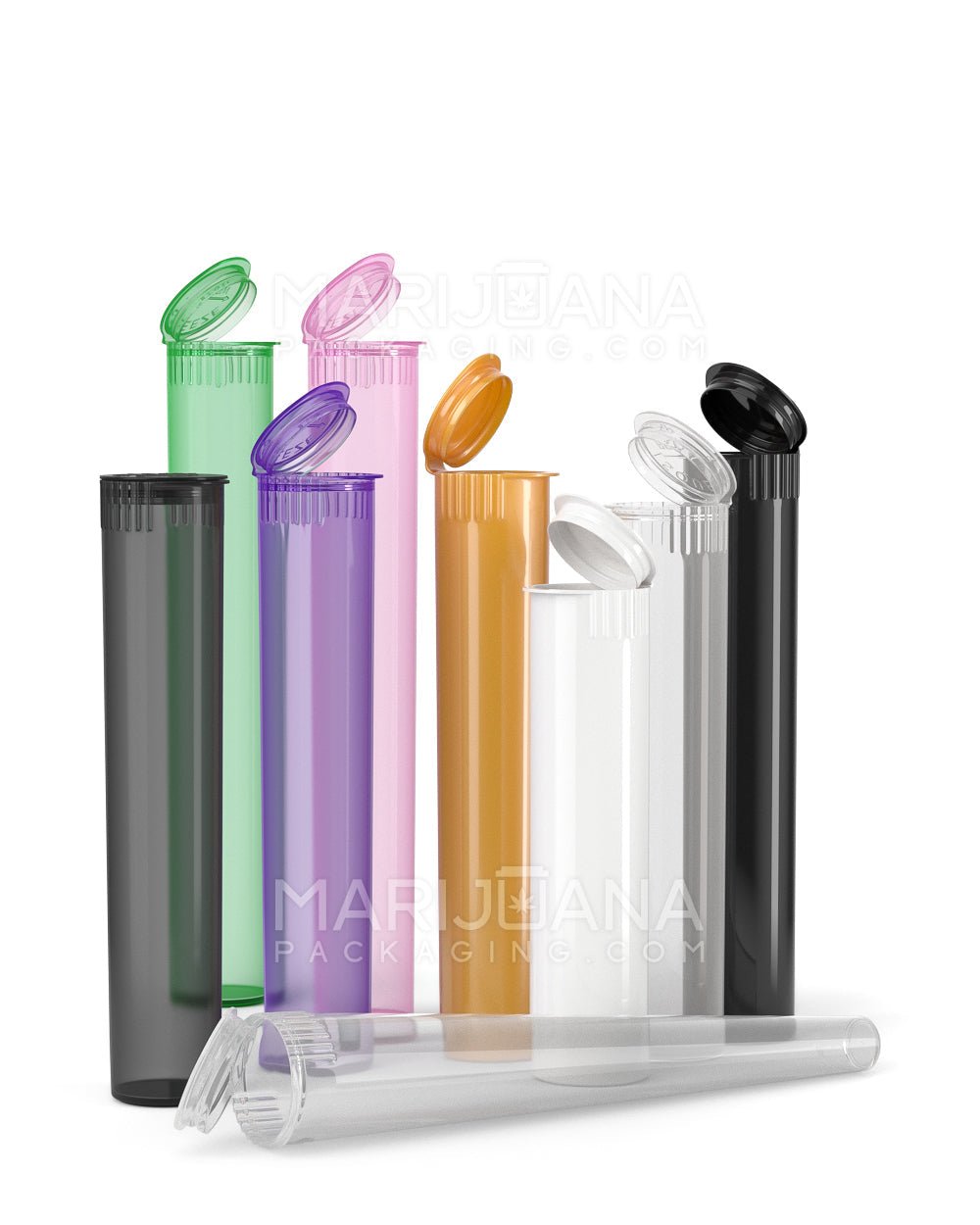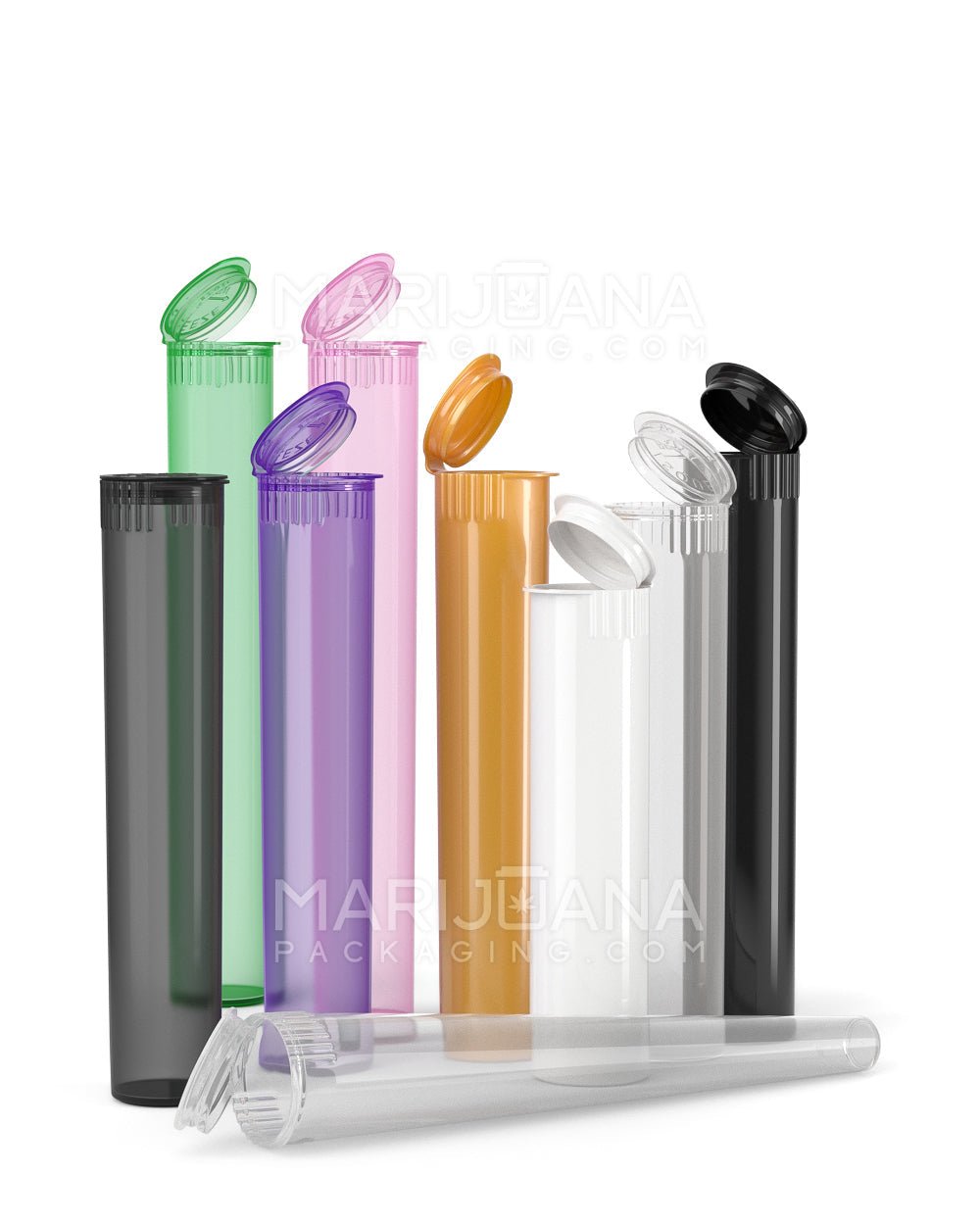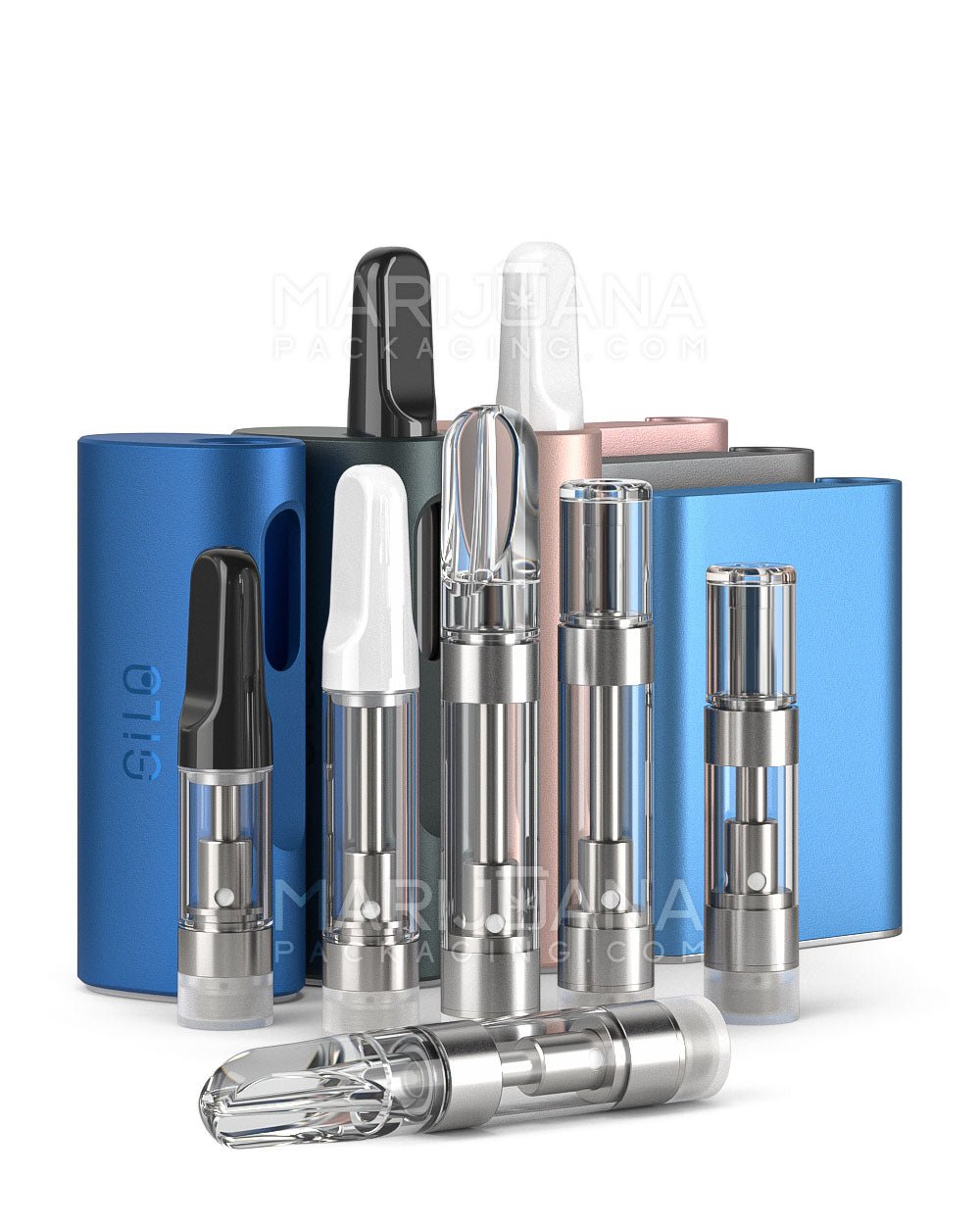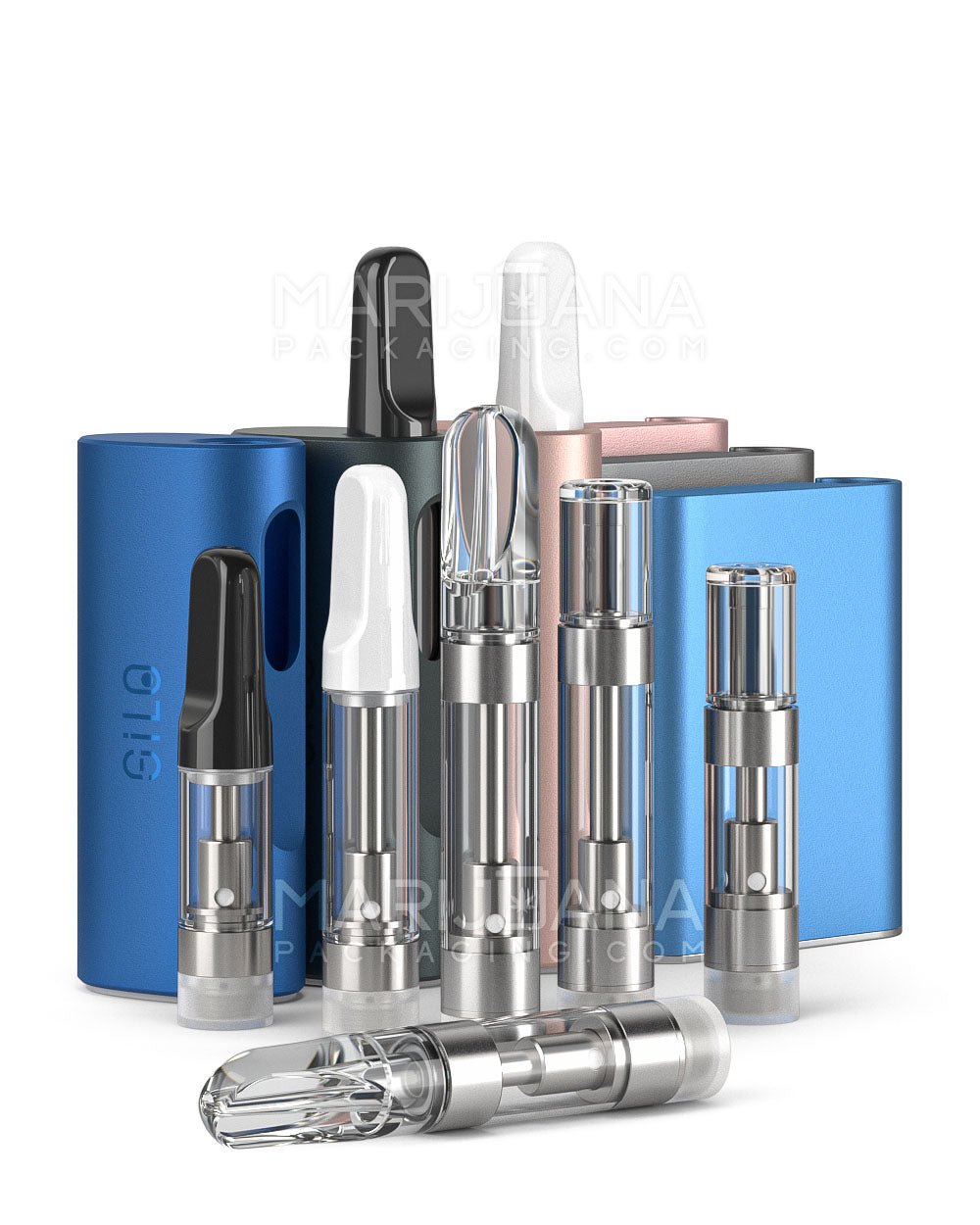Ever wondered what exactly a marijuana flower is and why it's the star of the show in cannabis products? You're not alone. For many, the term 'flower' might conjure up images of roses or daisies. But in the cannabis world, it refers to something quite different and rather special.
In this article, we'll chat about what makes the marijuana flower such a big deal. We'll uncover its anatomy, explore different strains, and even touch on how it's cultivated. So, grab a cup of coffee, and let's get started on our journey into the heart of cannabis.
The Basics of Marijuana Flower
The marijuana flower, often simply called "bud," is the part of the cannabis plant that people are most interested in. It's packed with cannabinoids like THC and CBD, which are the compounds responsible for the plant's various effects. When people talk about smoking or vaping cannabis, they're usually referring to the flower.
So, what does it look like? The flower is dense, sticky, and covered in tiny, crystal-like structures known as trichomes. These trichomes are where the magic happens, housing most of the plant's cannabinoids and terpenes. Terpenes are aromatic compounds that give cannabis its unique smell and taste, and they can also influence its effects.
Interestingly, not all marijuana flowers are the same. They come in various shapes, sizes, and colors, depending on the strain and how it's grown. Some buds are bright green with orange hairs, while others might have purple hues and a frosty appearance thanks to a thick layer of trichomes.
Anatomy of the Marijuana Flower
To truly appreciate the marijuana flower, it's helpful to understand its anatomy. Let's break it down into its main components:
- Calyx: This is the base of the flower, where you'll find most of the trichomes. It's often covered in tiny hairs and can vary in color.
- Pistils: These are the hair-like structures that can be orange, red, or brown. They're part of the plant's reproductive system and serve to catch pollen from male plants.
- Trichomes: The tiny, crystal-like glands on the surface of the flower. They're packed with cannabinoids and terpenes, making them the most important part of the bud.
- Fan Leaves: These large leaves are not part of the flower itself but are essential for photosynthesis. They're often removed before the flower is sold.
Knowing these parts can help you better understand what you're looking at when you see a cannabis flower. It's not just a pretty plant—it's a complex structure designed to produce the compounds we use for various purposes.
Different Strains and Their Characteristics
When it comes to marijuana flowers, not all are created equal. Different strains can have vastly different effects, flavors, and appearances. Here are a few popular types you might encounter:
- Sativa: Known for its uplifting, energizing effects. Sativa strains often have a sweet or fruity aroma and are great for daytime use.
- Indica: Typically has a calming, relaxing effect. Indica strains are known for their earthy or skunky aroma and are often used for nighttime relaxation.
- Hybrid: A mix of Sativa and Indica strains, hybrids can offer a balance of effects, depending on the parent strains involved.
Each strain also comes with its unique terpene profile, contributing to its specific aroma and potential effects. For instance, a strain with high levels of limonene might smell citrusy and may provide uplifting effects, while a strain rich in myrcene might have an earthy aroma and offer more sedative effects.
Finding the right strain for you might take some experimentation, as everyone's body chemistry is different. But that's part of the fun—exploring the vast world of cannabis and discovering what works best for your needs.
How Marijuana Flowers Are Cultivated
Growing marijuana flowers requires a bit of know-how, patience, and the right conditions. Here's a quick rundown of the cultivation process:
1. Germination
It all starts with a seed. Germination is the first step, where the seed sprouts and begins to grow. This usually takes a few days to a week.
2. Vegetative Stage
Once the seedling has sprouted, it enters the vegetative stage. During this time, the plant focuses on growing leaves and stems. It needs plenty of light, water, and nutrients to thrive.
3. Flowering Stage
After the vegetative stage, the plant enters the flowering stage. This is when it starts to produce buds. Growers often adjust the light cycle to encourage flowering, typically providing 12 hours of light and 12 hours of darkness.
4. Harvesting
When the buds are mature, it's time to harvest. This involves cutting the plant and trimming the leaves to reveal the flower. Timing is critical here—harvest too early, and you might miss out on potency; wait too long, and the buds can become overripe.
Growing marijuana flowers can be a rewarding hobby, but it also requires attention to detail and a bit of trial and error. Whether you're growing for personal use or considering entering the cannabis industry, understanding the cultivation process is essential.
The Legal Landscape of Marijuana Flower
The legality of marijuana flowers varies significantly depending on where you are in the United States. At the federal level, cannabis is still classified as a Schedule I controlled substance, making it illegal. However, many states have legalized cannabis for medical and/or recreational use.
Here's a quick overview of how it breaks down:
- Recreational Use: States like California, Colorado, and Oregon have legalized cannabis for recreational use, allowing adults to purchase and possess a certain amount of flower.
- Medical Use: Many states have medical cannabis programs that allow patients with qualifying conditions to access marijuana flowers.
- Prohibition: Some states, like Idaho and Nebraska, still prohibit all forms of cannabis, including the flower.
It's essential to understand the laws in your state before buying, growing, or using marijuana flowers. Regulations can include limits on possession, cultivation, and where you can legally consume cannabis. Staying informed can help you navigate the legal landscape and enjoy cannabis responsibly.
Common Ways to Consume Marijuana Flower
Once you've got your hands on some marijuana flower, there are several ways to consume it. Each method offers a different experience, and it's worth trying a few to see what suits you best.
1. Smoking
This is the most traditional method. You can roll the flower into a joint or blunt or use a pipe or bong. Smoking provides quick effects but can be harsh on the lungs.
2. Vaping
Vaping involves heating the flower to release cannabinoids without combustion. It's generally considered a healthier alternative to smoking and offers a more controlled experience.
3. Edibles
While not directly using the flower, edibles are made by infusing cannabis into food. They provide a longer-lasting, more intense effect but can take time to kick in.
4. Tinctures and Oils
These are liquid extracts that can be taken sublingually (under the tongue) or added to food or drinks. They offer a smoke-free alternative with precise dosing.
Each consumption method has its pros and cons, so it's worth considering what you're looking for in your cannabis experience. Whether you prefer the quick onset of smoking or the discreetness of tinctures, there's a method out there for everyone.
Tips for Storing Marijuana Flower
Proper storage is crucial to maintaining the quality and potency of your marijuana flower. Here are some tips to keep it fresh:
- Use Airtight Containers: Glass jars with airtight lids are ideal for storing cannabis. They keep out air and moisture, which can degrade the flower.
- Keep in a Cool, Dark Place: Light and heat can also degrade cannabinoids. Store your jars in a cupboard or drawer away from direct sunlight.
- Avoid the Fridge or Freezer: While it might seem like a good idea, the cold temperatures can cause trichomes to become brittle and break off.
- Use Humidity Packs: These can help maintain the right level of moisture in your containers, keeping the flower from drying out or becoming too moist.
By following these tips, you can ensure your marijuana flower stays fresh and potent for as long as possible. Proper storage is not just about preserving the flower—it's about enhancing your overall cannabis experience.
Common Questions About Marijuana Flower
Curious minds often have questions about marijuana flowers, and we've got answers to some of the most common ones.
1. How Do I Choose the Right Strain?
Choosing the right strain depends on what you're looking for—whether it's relaxation, creativity, or pain relief. Don't be afraid to ask budtenders for recommendations based on your preferences.
2. What Are the Effects of THC vs. CBD?
THC is known for its psychoactive effects, giving the "high" associated with cannabis. CBD, on the other hand, is non-psychoactive and often used for its potential therapeutic benefits.
3. Can I Grow My Own Marijuana Flower?
This depends on the laws in your state. Some states allow home cultivation for personal use, while others do not. Check your local regulations before planting seeds.
Asking questions is a great way to deepen your understanding of marijuana flowers and make informed decisions. Whether you're a seasoned user or a curious newcomer, there's always more to learn about this fascinating plant.
Innovations in Marijuana Flower Products
The cannabis industry is constantly evolving, and marijuana flower products are no exception. Here are some exciting innovations that are changing the way we think about cannabis:
- Pre-Rolls: These are pre-rolled joints, often infused with concentrates for added potency. They're convenient for those who want a ready-to-smoke option.
- Infused Products: Companies are getting creative by infusing marijuana flower with oils, extracts, and kief to enhance flavor and effects.
- Organic and Sustainable Growing Practices: More growers are adopting organic methods and sustainable practices to produce high-quality, environmentally friendly flowers.
- Terpene-Enhanced Strains: Some companies focus on enhancing specific terpene profiles to create unique aromas and effects tailored to consumer preferences.
These innovations not only offer more variety to consumers but also contribute to a more sustainable and responsible cannabis industry. As the market continues to grow, we can expect even more exciting developments in marijuana flower products.
Final Thoughts
Marijuana flower is a fascinating and complex part of the cannabis plant, offering a wide range of possibilities for consumers and cultivators alike. From its anatomy and strains to cultivation methods and consumption options, there's much to explore and enjoy.
When it comes to packaging your marijuana flower products, Gamut offers a range of solutions to meet your needs. With over a decade of expertise in packaging for consumer goods, Gamut provides everything from design to delivery, ensuring your brand stands out in the market. Whether you're looking for custom designs or stock options, Gamut runs the gamut to help your cannabis products shine.









